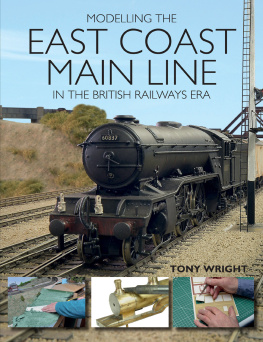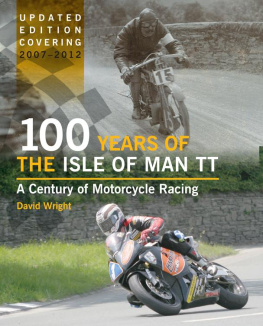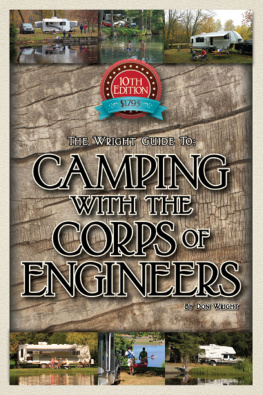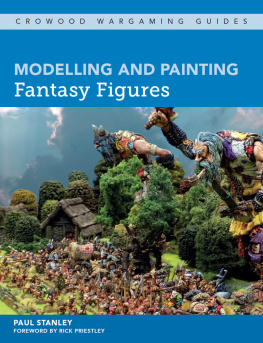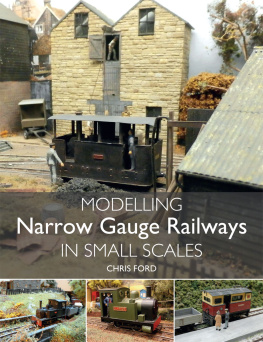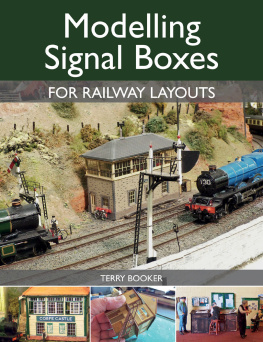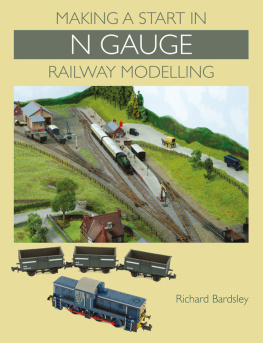MODELLING THE
EAST COAST
MAIN LINE
IN THE BRITISH RAILWAYS ERA
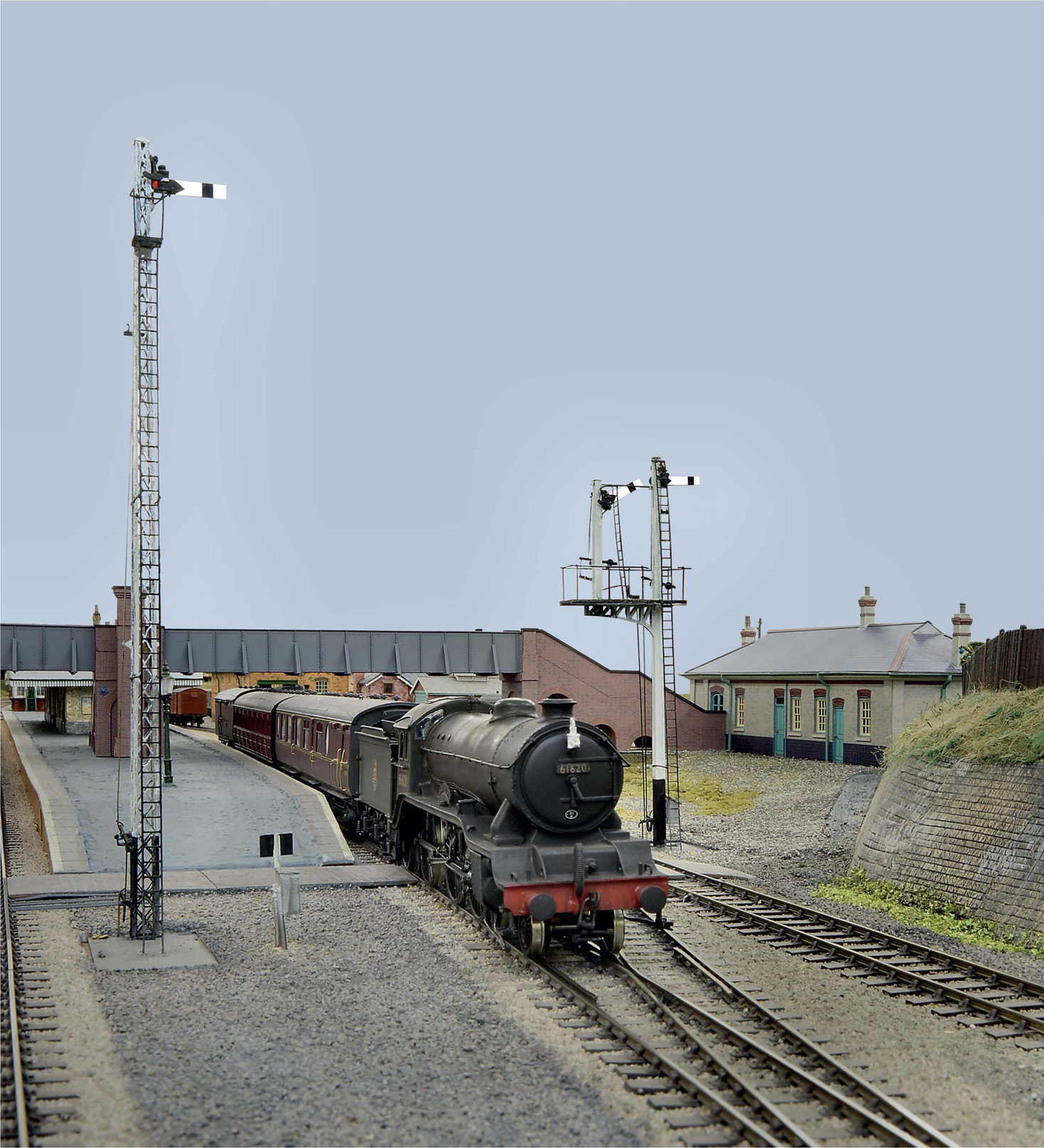
MODELLING THE
EAST COAST
MAIN LINE
IN THE BRITISH RAILWAYS ERA
TONY WRIGHT

THE CROWOOD PRESS
First published in 2017 by
The Crowood Press Ltd
Ramsbury, Marlborough
Wiltshire SN8 2HR
www.crowood.com
This e-book first published in 2017
Tony Wright 2017
All rights reserved. This e-book is copyright material and must not be copied, reproduced, transferred, distributed, leased, licensed or publicly performed or used in any way except as specifically permitted in writing by the publishers, as allowed under the terms and conditions under which it was purchased or as strictly permitted by applicable copyright law. Any unauthorised distribution or use of thistext may be a direct infringement of the authors and publishers rights, and those responsible may be liable in law accordingly.
British Library Cataloguing-in-Publication Data
A catalogue record for this book is available from the British Library.
ISBN 978 1 78500 317 2
. Here, the B17 is now painted and weathered (by Geoff Haynes) and just above the roof of the first carriage can be seen the gable of one of the station cottages, now completed.
CONTENTS
ACKNOWLEDGEMENTS
Whenever I write a list of acknowledgements, Im always conscious of the pitfalls of leaving someone out. If I have done so in this list, then may I please apologize now?
A special thanks to all at British Railway Modelling, particularly to Stephen Warner, John Greenwood, Steve Cole, Ben Jones, Andy York and Howard Smith (currently); also to David Brown, John Emerson and Richard Wilson, my erstwhile colleagues. Several of the pictures in this book were taken during my time at Warners and Im grateful that they can be published here.
To the other editors of the model railway magazines down the years for continuously giving me commissions; these include the late John Brewer, Steve Funt, Roy Johnstone, Dave Lowery, Chris Leigh, Martyn Welch and Tim Shackleton.
I must put on record my appreciation of all the friends whove helped with the Little Bytham project. Without their considerable expertise, it would never have been built. Contributors include Ian Wilson, Rob Kinsey, Mick Peabody, Norman Turner, Tony Geary, Norman Solomon, Mick Nicholson, Graham Nicholas, Roy Vinter, Geoff West, Gilbert Barnatt, Ian Rathbone, Geoff Haynes, Bob Dawson, Scott Waterfield and others. All have given their time and expertise to the project and, though money has changed hand on occasions, most has been achieved through the expediency of working in a group and horse-trading. Their contributions will be cited in the following chapters. Successful layouts have been achieved by the writing of numerous cheques, but this book is concerned with the personal making of things, not achieving what one wants by commission, very good though the end results might be.
To the kit manufacturers whose products Ive built for review or have assisted in the production of new models and writing instructions, including the late John Hughes, Stephen Widdows, Alan Gibson, Dave Ellis, Dave King, Mike Russell, Paul Hill, the late Roger Slade, the late Geoff Brewin and many others.
To Chris Hawkins and George Reeve of Irwell Press who continue to ask me to write books/articles for them (they say Im cheap!).
To all those layout owners whove patiently allowed me to take pictures of their creations.
Finally, to all those Ive spoken to at shows or in clubs who are interested in this wonderful hobby.
INTRODUCTION
Out of all the tens of thousands of model railway layouts built over the years, its probably true to state that only a small proportion of these have been based on actual prototype locations. Though themes might have been followed with regard to the representation of a particular railway company and a particular time period, the majority of layouts built, in all scales and gauges, are of imaginary places. The best of these at least follow prototype practice with regard to station layouts, architecture, signalling and what have you, to the extent that a believable scene is created, especially if a fairly tight time period is represented. There are several superb examples of this type of layout illustrated in this Introduction.
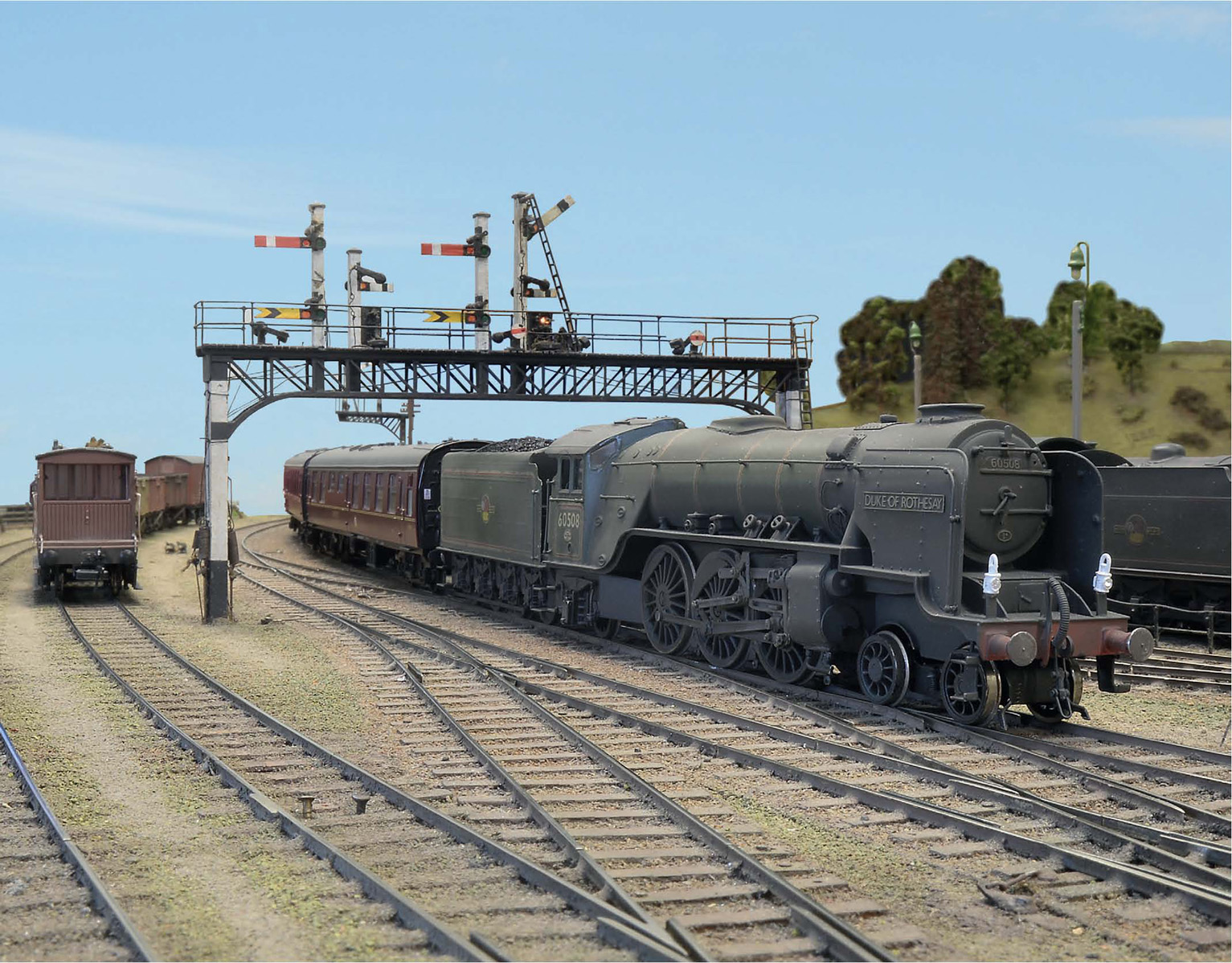
Borchester Market, originally built by the late Frank Dyer but now part-refurbished and back on the exhibition circuit. The group has been most sensitive in restoring parts of this old layout, using methods employed by Frank. None of Franks stock was bought with the layout, but Ian Forsyths beautifully built PDK A2/1 fits into the scene perfectly.
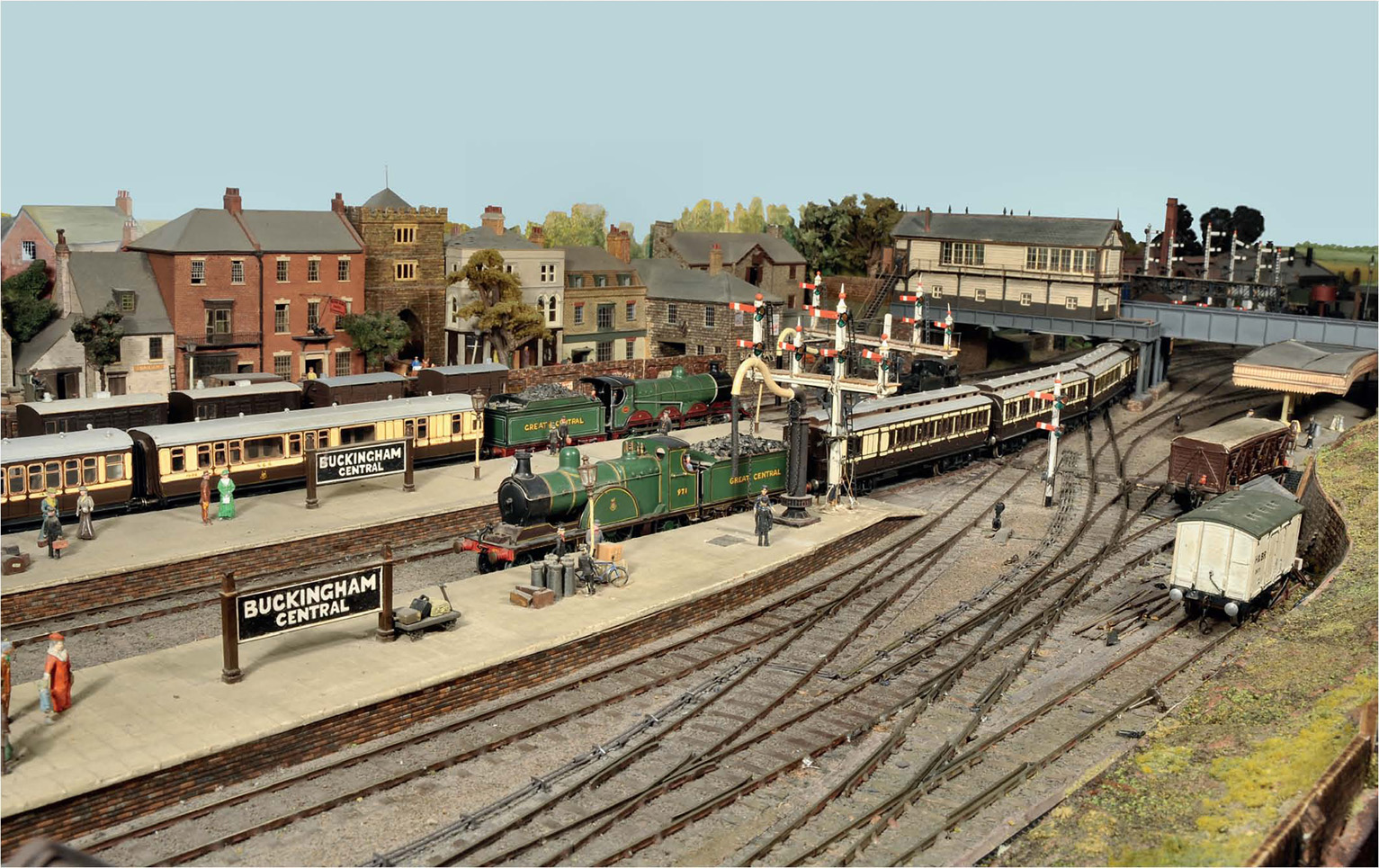
One of the greatest pioneers of realistic modelling was the late Peter Denny. Beginning in 1948, and up until the time of his death in 2009, Peter devoted his spare time to creating his model of Buckingham GCR in EM. As a country parson, he wouldnt have had much spare time, but he did everything himself and, though not strictly speaking an actual prototype, such was his awareness of real railway practice that it was entirely believable. I say was but I should say is, because it is now in the care of Tony Gee and is operated regularly. Correct operation was essential to Peters philosophy.
However, its my contention that its always better to model an actual prototype. I believe this for several reasons, principally because one has no need to make things up. All the questions one might put to oneself are already answered. How big should a station be? How long should any platforms be? Where are any signals placed? How many bridges need to be built and so on and so on? Granted, this requires a lot of information to be to hand in the form of documents, drawings and, principally, photographs. The sourcing and interpreting of these, particularly the latter, might well constitute many hours of armchair modelling, but it is absolutely vital to the process. Sourcing enough prototype pictures can also be difficult, but such is the extent of published works nowadays, and the availability of the internet, that its never been easier.
Most prototype railway locations tend to be on the large size, particularly main-line locations. Space or, more importantly, the lack of it, can be a militating factor against modelling an actual prototype. That said, some large city termini can be squeezed into extremely tight confinements. Sleepy branch lines can also be represented in not-too-tight a space, but some can sprawl. Of course, we all have to employ selective compression at some point, if only to go on/off stage, so to speak. Included in this Introduction are several examples of the modelling of prototype locations and also of modelling where prototype practice has been followed. In almost every case, selective compression has had to be applied, even if, at first glance, the footprint for the model might appear to be vast. It is how well this compression has been disguised that makes a model entirely convincing, in my view. The layouts shown in this Introduction all look convincing, leading to the absolute suspension of disbelief.
Though this book mentions prototype modelling in general, it is specifically concerned with the making of my model of Little Bytham in OO gauge finescale. I admit the term finescale is a bit of a misnomer, because how can OO gauge (which is far too narrow) ever be considered fine scale? That said, I think the term is generally accepted and the majority of readers will know what is meant. It is very much a team effort (large layouts are usually way beyond the work of one person, however skilled, unless they become a lifetimes work) and the members of the team will be acknowledged later. Though it is region-/time-specific, all the modelling techniques illustrated are applicable to all scales and gauges. I count myself immensely privileged to be part of such a highly skilled team of craftsmen. If nothing else, I hope this book will encourage folk to have a go at the various modelling disciplines for themselves. Much of what will be presented is (possibly) beyond the raw beginner, at least if he/she is working entirely by him/herself. However, everyone has to start somewhere.
Next page
